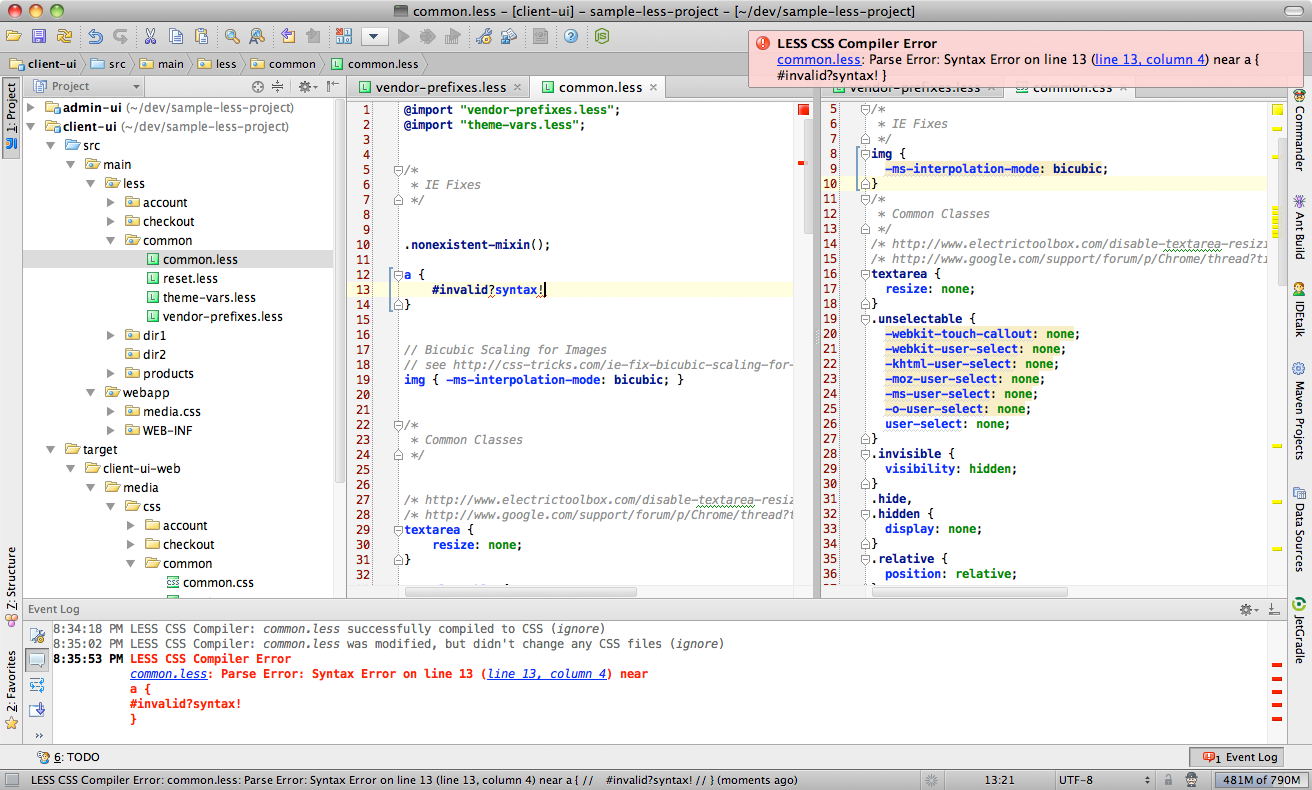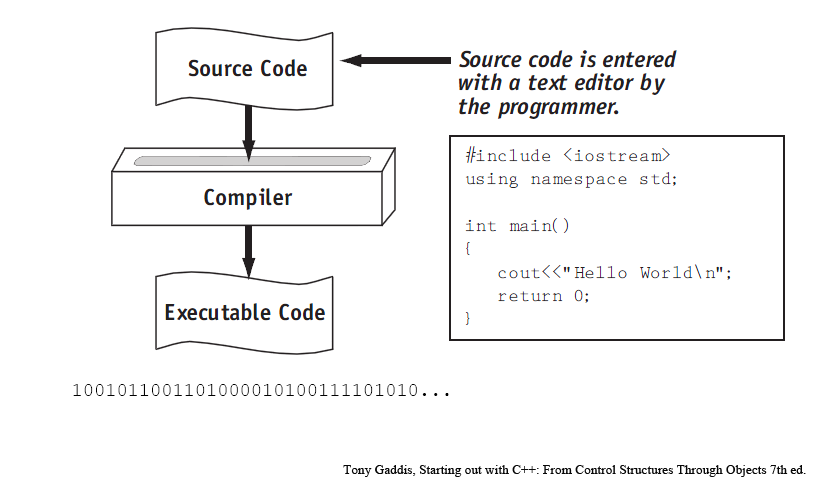

What’s more, SynWrite supports Emmet (previously Zen Coding). Aside from typical functionality such as code folding and autocompletion, SynWrite also allows for multi-caret editing (see animation): The editor can be augmented with plugins written in Python. The idea behind SynWrite is to concentrate everything good about other editors into a single free product, and the feature list reads accordingly. SynWrite is an editor with a wide variety of functionality. Besides syntax highlighting, the editor boasts text clips (code snippets), code folding (selective hiding/displaying of code) and can be finely tailored to your personal needs through Python scripts and add-ons. Programmer’s Notepad offers a modern interface that comes in two themes: one bright, the other dark, as pictured. Phase 5 runs on Windows 7 and 8, Vista, XP, 2000, 98 32/64 bit, and server versions. You can edit multiple documents simultaneously, and much more. A file manager quickly lets you switch between documents. Phase 5 supports popular formats like PHP, Javascript, HTML, VBScript, Java, and Pearl. Phase 5 is a widely known editor that has been steadily updated since 1998.Ī few features of Phase5 are project management, tag completion, an integrated image viewer, a syntax debugger, support for special characters, indentation assistance, search and replace, and customizable menus and templates. Hopefully this (ironically written in Markdown, not Nano Markdown) guide helps you in using NAMAC.Photo by Mohammad Rahmani on Unsplash 1. Something I Read, 2019 " ( Something I Read, 2019 in XHTML). template: Takes template file and puts directory where is where references are listed, for example "1. outpute: Print out and write without the header or. xhtml: set output file to be XHTML 1.0 Strict. alphabetize-directory or -alphabetize_directory: alphabetizes an already existing or commanded to exist directory.html.

append-directory or -append_directory: appends to an existing directory.html. manual-directory or -manual_directory: resets to the directory.html according to the files just compiled, according to the order listed in the arguments. version or -v: displays the version number.

xhtml files and lists them in a "directory.(x)html". nama markdown files, according to the syntax, to HTML5. It also has HTML5 support since the only real difference is how you write and the headers, although I'm not sure why you wouldn't just use XHTML seeing as it is both stricter and more well supported. Its main purpose is to convert "nano markdown" (a custom form of markdown) into XHTML.


 0 kommentar(er)
0 kommentar(er)
